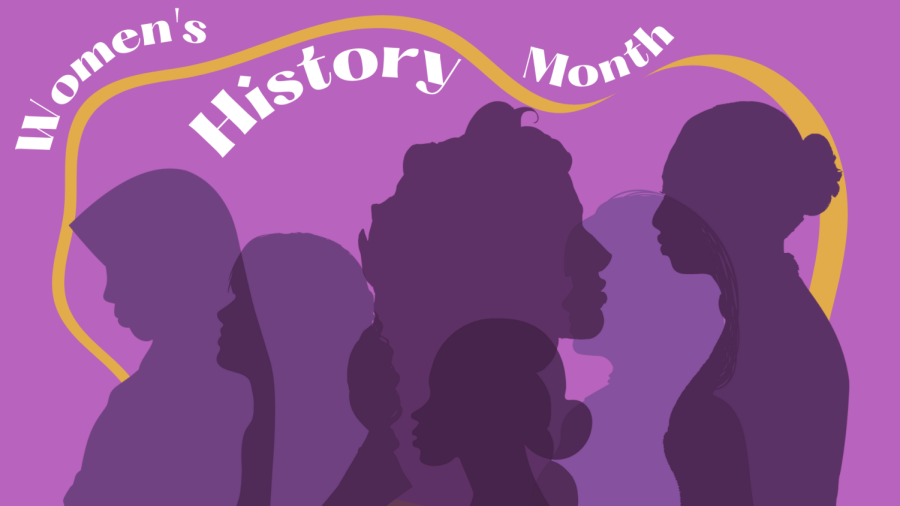The troubling true history of Women’s History
Sarah Bamba provides context on the history of International Women Day and Women’s History Month.
Happy International Women’s Day and Women’s History Month!
As we celebrate Women’s History Month this March, it’s important to recognize that certain aspects of women’s rights have problematic origins.
Here’s a friendly reminder that many white women historically used their whiteness to align themselves with the white man in order to gain more power for themselves. These women have effectively alienated women of color from the feminist movement by relegating their issues to the margins of the feminist movement’s agenda.
The result was none other than a feminist movement that focuses on the issues surrounding rich, able-bodied, cisgendered, white women, whilst ignoring the unique experience that women of color, trans women, women in the LGBTQ+ community, women with disabilities, and women of low socioeconomic status.
This is not shocking news nor is it anything new, as the very beginning of the women’s right movement was based in the jealousy that rich white women had against men of color. The women’s suffrage movement, led by early suffragists Elizabeth Cady Staton and Susan B. Anthony, was not only done with the intention of allowing women to vote. It was fueled by their rage that under the fifteenth amendment, Black men were allowed to vote before women could.
On August 26, 1920, women were allowed to vote under the nineteenth amendment, but in practice, women of color were excluded from the vote. Both white suffragists and white anti-suffragists had one thing in common: racism. A language of hatred shared among privileged white men and women against people of color. The effects are real and present today, if you think about women’s history, which women come to mind?
Elizabeth Cady Stanton and Susan B. Anthony, the heroes of women’s history. People don’t tend to think of African-American suffragist activist Mary Church Terrell or Chinese-American suffragist Mabel Ping-Hua Lee.
In the end, there is still a place for rich white women in the celebration of Women’s History Month, but they shouldn’t be the only ones whose names we remember and whose likeness we celebrate throughout the month of March.
Women’s History Month should not be limited to white women and should celebrate all women.
Happy Women’s History Month!
Your donation will support the student journalists of Watkins Mill High School. Your contribution will allow us to purchase equipment and cover our annual website hosting costs.

Sarah Bamba is a senior at Watkins Mill and a Staff Writer on The Current. She is an International Baccalaureate Diploma student, and plans to the University...









